Data privacy has become a critical business imperative as organizations face an increasingly complex landscape of global privacy regulations. With laws like GDPR, CCPA, and emerging regulations worldwide, businesses must implement comprehensive data protection strategies that not only ensure compliance but also build customer trust and competitive advantage.
The Global Privacy Regulatory Landscape
The European Union’s General Data Protection Regulation (GDPR) set the global standard for data privacy when it took effect in 2018. This comprehensive framework established fundamental principles for data processing, individual rights, and organizational accountability that have influenced privacy legislation worldwide.
The California Consumer Privacy Act (CCPA) and its amendment, the California Privacy Rights Act (CPRA), brought similar protections to US consumers, while other states are rapidly adopting their own privacy laws. Countries across Asia, Latin America, and Africa are implementing privacy frameworks inspired by GDPR, creating a complex web of compliance requirements for multinational organizations.
Understanding the nuances and requirements of each applicable regulation is essential for developing effective privacy compliance strategies that protect both organizational interests and individual privacy rights.
Core Privacy Principles and Rights
Lawful Basis and Purpose Limitation: Organizations must establish legitimate legal grounds for processing personal data and clearly define the specific purposes for collection and use. Data processing must be limited to what is necessary for the stated purposes, and any additional uses require separate justification.
Data Minimization and Accuracy: Collect only the personal data that is directly relevant and necessary for the specified purposes. Implement processes to ensure data accuracy and provide mechanisms for individuals to correct inaccurate information.
Storage Limitation and Security: Establish retention periods for different types of personal data and implement secure deletion processes. Deploy appropriate technical and organizational measures to protect personal data against unauthorized access, disclosure, and destruction.
Individual Rights: Provide mechanisms for individuals to exercise their privacy rights, including access to their data, rectification of inaccuracies, erasure (“right to be forgotten”), data portability, and objection to processing. Respond to rights requests within legally mandated timeframes.
Building a Privacy-by-Design Framework
Privacy Impact Assessments (PIAs): Conduct systematic assessments of privacy risks for new projects, systems, or processes that involve personal data. PIAs help identify potential privacy issues early in development and ensure appropriate safeguards are implemented.
Data Mapping and Inventory: Maintain comprehensive inventories of personal data processing activities, including data sources, processing purposes, retention periods, and third-party sharing arrangements. This mapping is essential for compliance monitoring and responding to regulatory inquiries.
Cross-Border Transfer Mechanisms: Implement appropriate safeguards for international data transfers, such as adequacy decisions, Standard Contractual Clauses (SCCs), or Binding Corporate Rules (BCRs). Ensure transfer mechanisms comply with evolving regulatory requirements and court decisions.
Vendor and Third-Party Management: Establish robust due diligence processes for vendors and partners who process personal data on behalf of the organization. Implement appropriate contractual protections and monitoring mechanisms to ensure third-party compliance with privacy requirements.
Organizational Governance and Accountability
Privacy Governance Structure: Establish clear governance structures with defined roles and responsibilities for privacy compliance. This may include appointing Data Protection Officers (DPOs), privacy committees, and privacy champions throughout the organization.
Training and Awareness: Implement comprehensive privacy training programs for employees at all levels, with specialized training for those who regularly handle personal data. Regular awareness campaigns help maintain privacy consciousness across the organization.
Breach Response and Notification: Develop detailed incident response procedures for privacy breaches, including assessment criteria, notification timelines, and communication protocols. Many regulations require breach notification to authorities and affected individuals within specific timeframes.
Documentation and Record-Keeping: Maintain comprehensive documentation of privacy compliance efforts, including policies, procedures, training records, breach reports, and evidence of legal basis for processing activities.
Technology and Privacy Implementation
Privacy-Enhancing Technologies: Leverage technologies such as encryption, pseudonymization, differential privacy, and secure multi-party computation to protect personal data while enabling legitimate business uses. These technologies can help organizations minimize privacy risks while maintaining data utility.
Consent Management: Implement robust consent management systems that provide clear, granular choices for individuals and maintain detailed records of consent decisions. Ensure consent mechanisms meet regulatory requirements for being freely given, specific, informed, and unambiguous.
Data Subject Rights Automation: Deploy technological solutions to automate responses to individual rights requests, including data access, deletion, and portability. Automation can improve response times and reduce compliance burdens while ensuring consistent handling of requests.
Monitoring and Continuous Improvement
Establish key performance indicators (KPIs) to measure privacy compliance effectiveness, including metrics for rights request response times, breach notification compliance, training completion rates, and privacy risk assessment coverage.
Regular privacy audits and assessments help identify gaps in compliance programs and opportunities for improvement. External audits can provide independent validation of privacy practices and help build stakeholder confidence.
Stay informed about evolving privacy regulations, enforcement trends, and best practices through industry associations, legal counsel, and privacy professional networks. The privacy landscape continues to evolve rapidly, requiring ongoing adaptation of compliance strategies.
Effective data privacy and protection programs require sustained organizational commitment, appropriate resource allocation, and integration with broader business strategies. Organizations that view privacy as a competitive advantage and fundamental business principle, rather than merely a compliance obligation, are better positioned to build customer trust and succeed in the digital economy.
